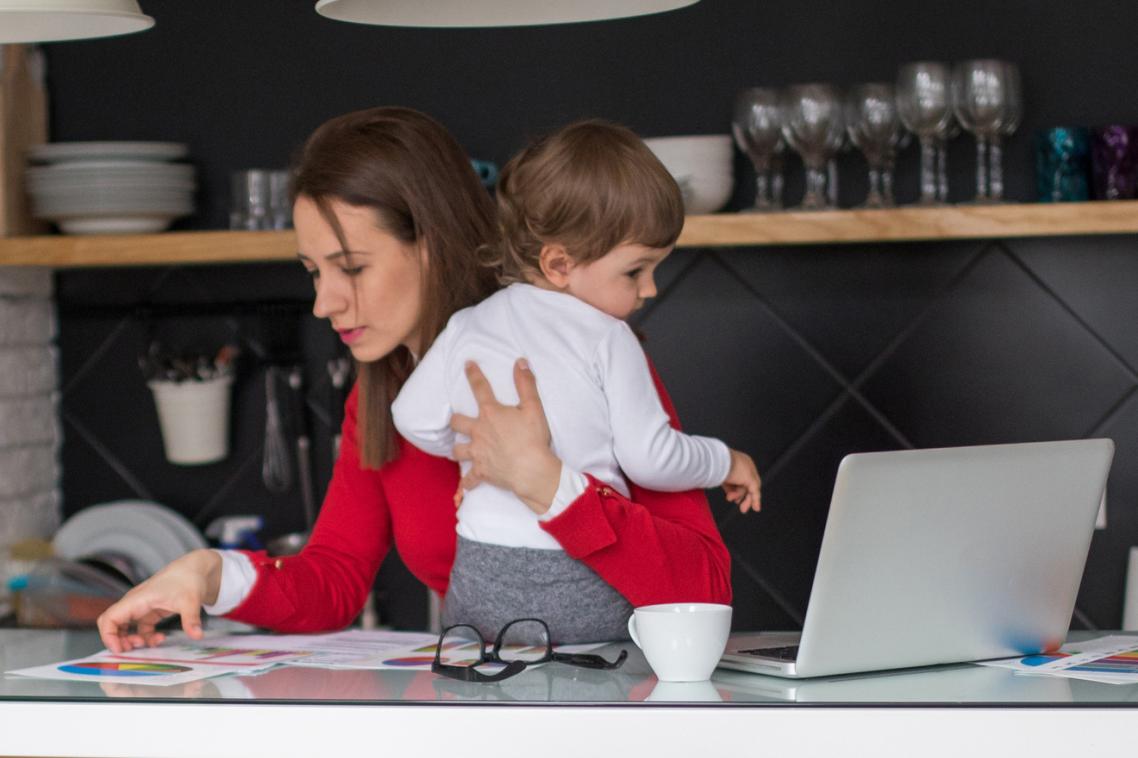Tiny tots and tea cups a bad mix

More than two-thirds of toddlers burned in hot drink accidents are not treated with correct first aid, according to new research.
University of Queensland PhD candidate Jacquii Burgess at the Centre for Children’s Burns and Trauma Research said hot drink scalds were the leading cause of childhood burns in Australia, and 74 per cent occurred in children aged under two.
“We surveyed parents and caregivers of children aged 0-36 months with hot drink scalds over a 12-month period who were treated at the Lady Cilento Children’s Hospital,” Ms Burgess said.
“Only 28 per cent of children received correct burn first aid.
“This is despite 66 per cent of parents reporting that they had undertaken first aid training in the previous 12 months.”
Ms Burgess said there is strong evidence that applying 20 minutes of cool running water to a burn or scald reduces pain, scarring and hospital stays.
“The most common reason parents reported applying water for shorter periods of time was that they thought it was adequate or the child was too distressed,” Ms Burgess said.
The study also found that on most occasions children were within arm’s reach of a supervising adult when a hot drink scald happened.
“Lack of supervision is often cited as a primary contributor to childhood injuries but for these scalds it appears that attention and continuity of supervision play a more important role than just being close to your child to keep them safe,” she said.
“This finding may reflect the competing demands placed on parents and caregivers in a busy household.
“The majority of incidents recorded were caused by the child pulling down a cup of hot liquid over themselves.
“It’s about putting your cup of hot coffee or tea to the back of the bench or out of reach of your toddler to give yourself those few extra seconds to intervene.”
Ms Burgess said understanding the factors surrounding these injuries was crucial in order to decrease the high incidence.
“The data we’ve collected on the settings, supervision and first aid that surround hot drink scalds will help inform prevention campaigns,” Ms Burgess said.
The survey will now be rolled out by the John Hopkin’s Children’s Hospital in the United States so researchers can compare findings.
The research has been published in Burns journal.
Media: Jacquii Burgess, jacquii@uq.edu.au, +61 407 789 078. Kim Lyell, k.lyell@uq.edu.au, 0427 530 647.
Related articles

New data reveals how Australia’s threatened reptiles and frogs are disappearing – and what we have to do

Sunlight-powered breakthrough turns methane into valuable ethylene
Media contact
UQ Communications
communications@uq.edu.au
+61 429 056 139
